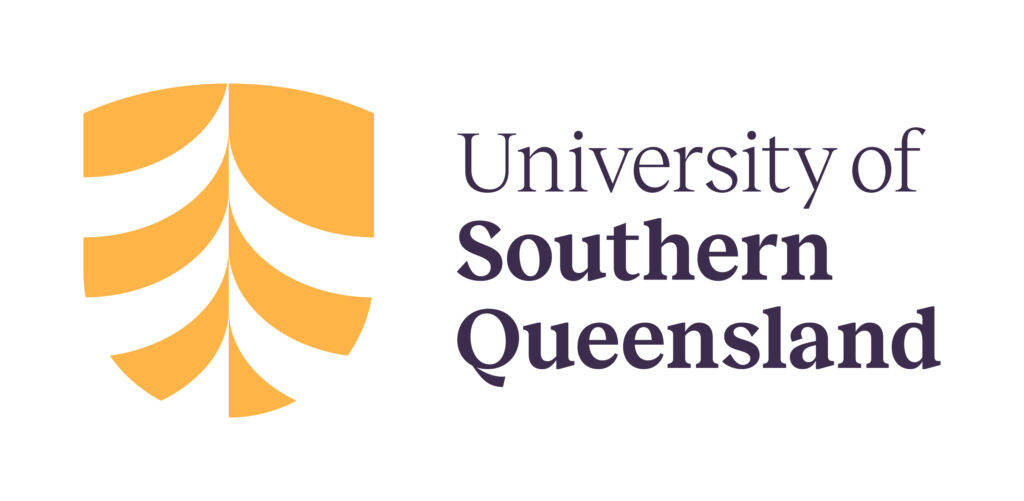Program Logics are an effective evaluation tool used primarily to showcase how activities and outputs will translate into objectives. Ideally, in an evaluation setting, it forms a foundation part of the monitoring, evaluation and learning (MEL) plan for an organisation. The program logic can still be valuable during or even following intervention delivery, as it can shed light on the “logic” to date and provide impetus for a more focused delivery should it show benefits. The program logic can also be adapted for broad strategic planning, goal setting, team development and risk mitigation, as it provides a snapshot of business activities, goals and drivers of change at a point in time and can feed into strategic and operational plans.
Most activities associated with a program logic can be completed within one week (depending on complexity), making them an efficient evaluative tool in a variety of settings. Designing he program logic is best performed in a group setting, including those delivering the intervention and its intended beneficiaries. Following this, allow time for drafting, reflection and refinement before finalising a high quality one page document and distribution to stakeholders. While a program logic is not designed to be a live document, it is often best practice to assess and adapt the program logic at increments over the life of a project, program, intervention etc. Our experience has found that in-person session with everyone involved with an experienced facilitator helps ensure all the detail required is collected and is able to encourage all voices to be heard. A program logic is generated from five broad areas:
Objectives
The objectives articulate the purpose of the project, program, pilot or simply a team. The key objectives should be informed from the organisational strategy, vision, mission, values and broader plans. Ideally, this will be expressed in three to six dot points.
Internal Assumptions
There are often assumptions we make internally, for example, we will continue to receive funding from the government. It is important to highlight the main assumptions in the program logic to ensure the underpinnings are known and understood, as any change to an assumption can jeopardise other areas of the program logic.
External Environment
The external drivers for change and the rate of this change is alarming at times, anything from inflation to industrial relations. Even though the environmental factors are often outside the control and influence of the organisation, it is prudent to identify the most relevant in your context.
Program of Work
The program of work is broken into five sub-sections to accurately describe the team (or project, program, intervention etc.) on half a page. Every member involved in the process should be able to see themselves in the program of work.
- Inputs – what are the inputs?
- Activities – what activities are undertaken?
- Resources – what resources are used/available?
- Participants – who are the participants involved (or stakeholders)?
- Outputs – what are the outputs (or products)?
Outcomes and Monitoring
The final area and often most difficult to complete is the outcomes and monitoring which is generally broken into short term, mid term and long term. While it is easy to conflate short, mid and long term with time periods, it is more useful to consider what they will accomplish. Short-term outcomes should related to communication, awareness and understanding. Medium-term outcomes would ideally see behaviour change take place. Whereas long-term outcomes should demonstrate impact. Outcomes are the “what has been achieved from the program of work and progress towards the objectives” and the measures are the “data to be collected to evidence how these have been achieved”. In other terms, what does success look like and how is it determined.
The broad steps undertaken in the creation of a program logic at UniSQ are below:
- Discussion of the need for a strategic vision, plan and outcomes
- Program Champion identifies the need for an Evaluation Tool/Method
- Decision made to proceed with a Program Logic, conversations with senior staff
- In-person workshop booked with stakeholders
- Workshop held and facilitated by experienced Evaluator
- Senior staff develop draft program logic with the Evaluator
- Draft distributed to team for feedback
- Updates and revisions made, and further feedback sought
- Graphic designer puts the draft into a professional template, style and colour
- Final refinement, approval and distribution to all stakeholders.
We have team of experienced evaluators in facilitating and creating program logics, please get in touch with us at evaluation@unisq.edu.au for more information.

